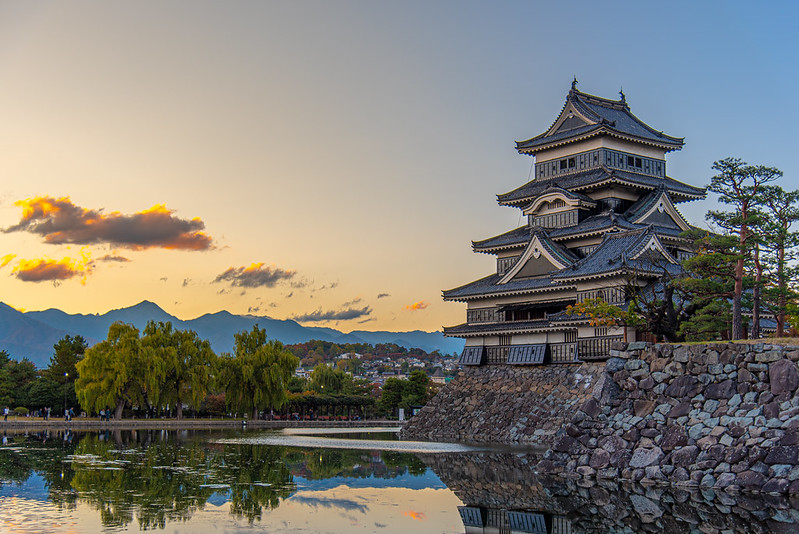
The Story of Tada Kasuke and His Curse
Japan has its full share of eventful moments and memorable people who have formed the country’s history. One such person is well remembered in old Japanese stories and lives on in the tale of the curse of Tada Kasuke.
Tada Kasuke (多田加助) led an appeal from all the farmers of Azumidaira, part of the Matsumoto Domain, from the magistrate’s office in Matsumoto during the Jōkyō era. His actions, along with other Japanese farmers, eventually led to the rebellion known as the Jōkyō or Kasuke Uprising.
Tada Kasuke’s gravestone. | 小松宏彰
As the story goes, Tada Kasuke was born in the late 1630s to a wealthy farmer’s family, as signified by the moats and mounds surrounding the Tada estate (signs of prominence and power in a Japanese clan). It is Japanese tradition that the head of the family inherits the title of headman of Nakagaya village. When Tada Kasuke’s father retired, he took over the responsibility. He was a well-educated man who strongly believed in the Wang Yangming school of Neo-Confusianism. (His school championed an interpretation of Mencius, a Classical Confucian who became the focus of later interpretation that unified knowledge with action.) Tada Kasuke was married to Otami, and he had two sons and three daughters. He also had an unmarried younger brother named Hikonojō. In 1680, Tada Kasuke was stripped of his title as village head, because he was thought to be too lenient on the peasant farmers.
Six years after Tada Kasuke was removed as the headman of Nakagaya village, the domain government of Matsumoto raised taxes exorbitantly. Azumidaira was still trying to get through the wave of crop failure that had hit their area, and the farmers were unable to meet tax payments. In the fall of that year, Tada Kasuke and some farmer leaders met at Kumano Jinja in a series of gatherings. They decided to appeal to the magistrate’s office outside Matsumono Castle. The appeal consisted of five articles requesting to lower their taxes.
Matsumoto Castle
Tada Kasuke and the farmers knew their lives would be at risk with their actions, but they hoped to resolve the matter peacefully and still opted to deliver the appeal on 4 October, 1686. When word got out that Tada Kasuke was going to deliver the appeal, thousands of peasants gathered at Matsumoto Castle, some storming into business establishments, robbing and attacking the merchants. The ensuing chaos is known today as the Jōkyō Uprising.
Mizuno Tadanao, the domain lord, was away in Edo, so the executives of the domain government had to deal with the restless farmers. To pacify the people, on 18 October, five executives signed documents promising the farmers that taxes would be lowered. The farmers of Azumidaira thought that they had achieved their goal, but a month later, Tada Kasuke and others who had led and participated in the Jōkyō Uprising were arrested and executed, including Kasuke’s two young sons who were not even part of the uprising. The documents the executives signed were confiscated as well. All in all, 28 people were executed on 22 November 1686. Tada Kasuke’s final words before being executed was a passionate outcry to lower the taxes.
 After Tada Kasuke’s death, the Mizuno family began to experience a run of bad luck, attributed to the curse of Tada Kasuke. The ruling Mizuno clan was eventually dethroned from the Matsumoto Domain in 1725.
After Tada Kasuke’s death, the Mizuno family began to experience a run of bad luck, attributed to the curse of Tada Kasuke. The ruling Mizuno clan was eventually dethroned from the Matsumoto Domain in 1725.
Replica of Tada Kasuke’s statue. | 松宏彰
The Toda clan took over and proclaimed Tada Kasuke Gimin (martyr, in a non-secular sense), and he was also given a kaimyō (afterlife name). The statue of Tada Kasuke that was initially erected in the castle was moved nearby where a shrine was built in honor of the Kasuke and all who died in the uprising.

